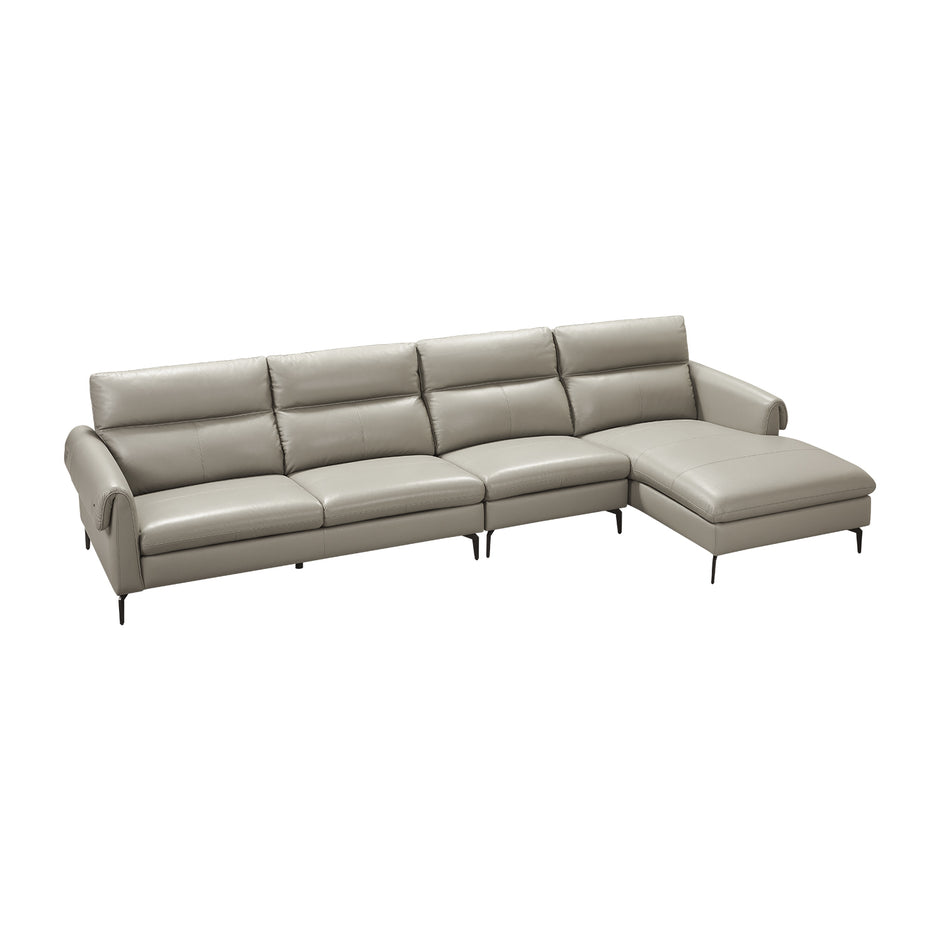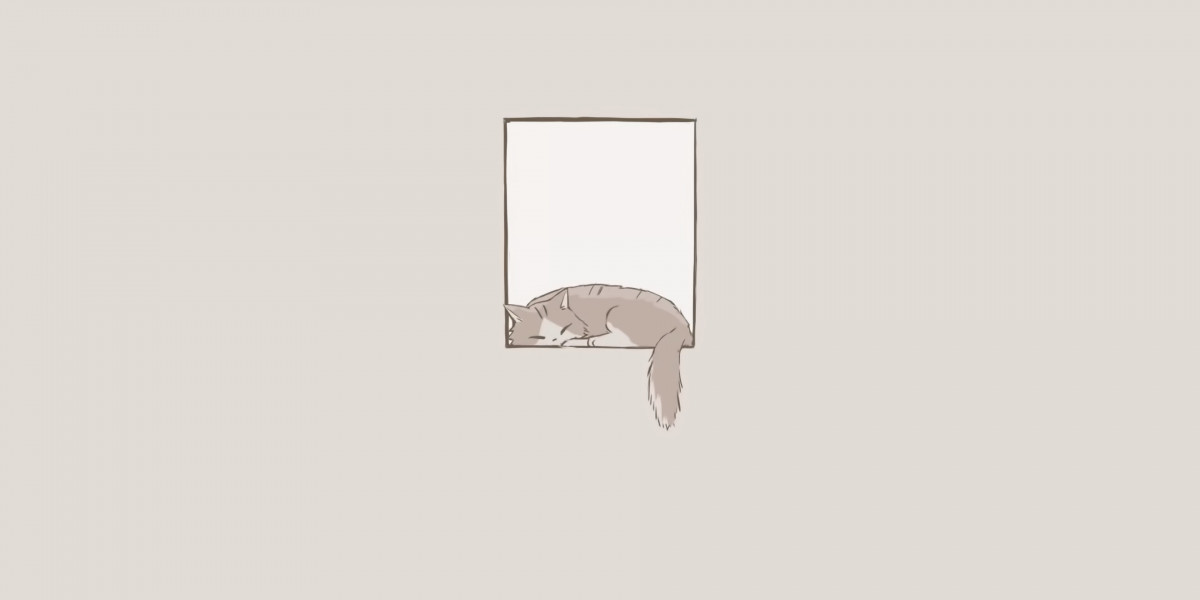Unlock the Secret to Choosing the Perfect Leather Couch for Your Home!
Leather couches have long held a special place in the hearts of homeowners and interior design enthusiasts alike. Their timeless appeal, luxurious feel, and unmatched durability make them a popular choice for living rooms, family rooms, and even office spaces. However, choosing the right leather couch is essential—not only for aesthetics but also for comfort and long-term investment. With a myriad of options available on the market, it's crucial to navigate the various types, styles, and features to find the perfect fit for your home. This article aims to guide you through the essential considerations that will help you make an informed decision when purchasing a leather couch that meets your needs and enhances your living space.

Understanding Leather Types
When it comes to leather couches, understanding the different types of leather is fundamental to making the right choice. The most common types include full-grain, top-grain, genuine leather, and bonded leather. Full-grain leather is the highest quality, made from the top layer of the hide, which retains its natural texture and imperfections. It's durable and ages beautifully, developing a unique patina over time. Top-grain leather, while still high-quality, is sanded and treated to remove imperfections, making it slightly less durable but more uniform in appearance. Genuine leather is made from the lower layers of the hide and is typically more affordable, but it lacks the durability and aesthetic appeal of higher grades. Lastly, bonded leather consists of leftover scraps bonded together, making it the least expensive option; however, it may not withstand the test of time as well as the others. Understanding these distinctions will help you select a leather couch that aligns with your preferences for quality, durability, and price.
Considering Your Space and Style
Before making a purchase, it's essential to carefully assess your living space and personal style. Start by measuring the area where the couch will reside, ensuring that it fits comfortably without overwhelming the room. Consider the existing colour schemes and decor styles; a leather couch can complement various aesthetics, from modern minimalist to classic traditional. For instance, a sleek, black leather couch might suit a contemporary space, while a rich brown leather piece could add warmth to a rustic setting. Additionally, visualising how the couch will pair with existing furniture can help you make a cohesive design choice. I remember helping a friend choose a leather couch for her new apartment; we spent hours selecting a shade that would harmonise with her furniture, and it turned out to be a rewarding experience that transformed her living room.
Comfort and Functionality
Comfort is paramount when selecting a leather couch. Consider factors such as size, cushion firmness, and seating depth. It's essential to find a balance between aesthetics and comfort. When testing a couch, sit down and assess how it feels—does it provide adequate support? Is the cushion too firm or too soft for your liking? Also, think about functionality: does the couch have reclining features or built-in storage options that may enhance its usability? I once visited a friend who had a reclining leather couch, and it was a game changer for movie nights; the ability to kick back and relax made the experience much more enjoyable. Ensuring that your leather couch meets your comfort needs will make a significant difference in its overall value to your home.
Maintenance and Care for Leather Couches
Maintaining your leather couch is crucial for ensuring its longevity and preserving its beauty. Regular cleaning is essential; use a soft, dry cloth to wipe away dust and spills. For deeper cleaning, specific leather cleaners are recommended, as they can effectively remove stains without damaging the material. It's also wise to apply a leather conditioner every six months to keep the leather supple and prevent cracking. Avoid placing your leather couch in direct sunlight, as UV rays can lead to fading and drying. A friend of mine learned this lesson the hard way when her beautiful leather couch started to develop unsightly cracks due to sun exposure. By committing to regular maintenance, you can keep your leather couch looking fresh and inviting for years to come.
Final Thoughts on Selecting Your Leather Couch
Choosing the perfect leather couch involves careful consideration of various factors, including understanding the types of leather available, assessing your space and personal style, prioritising comfort and functionality, and committing to regular maintenance. By taking the time to evaluate each of these aspects, you can ensure that your investment in a leather couch will not only enhance your living space but also provide lasting comfort and enjoyment. Remember, a well-chosen couch can become the centrepiece of your home, so take your time and make a thoughtful decision that you will cherish for years to come.








